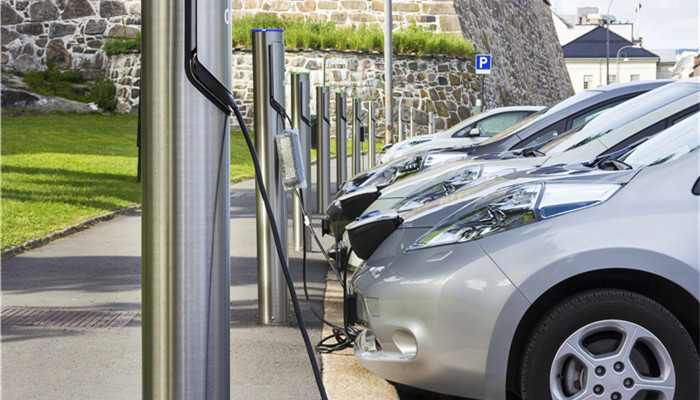
Policies strongly support the development of hydrogen energy, and there is huge market space for domestic proton exchange membranes
Proton Exchange Membrane (PEM) is the core component of the proton exchange membrane fuel cell and plays a key role in battery performance. The proton exchange membrane not only has a blocking effect, but also conducts protons. Total proton exchange membranes mainly use fluorosulfonic acid type proton exchange membranes, nafion recast membranes, non-fluorine polymer proton exchange membranes, new composite proton exchange membranes, etc.
In recent years, China has actively promoted the transformation of its energy structure, especially in terms of automobile power. In addition to vigorously developing electric vehicles, China is also developing hydrogen fuel cell vehicles, especially in trucks, buses, etc. Hydrogen fuel cells are known for their low pollution, It has the advantages of low noise, and compared with lithium batteries, hydrogen fuel cells have greater energy density and are suitable for heavy-duty vehicles. As China implements the “carbon peak” and “carbon neutrality” strategies, promoting the large-scale commercial use of hydrogen fuel cells and corresponding hydrogen energy has become an extremely important part of the national strategy. On March 22, 2022, the country released the “Medium and Long-term Plan for the Development of Hydrogen Energy Industry (2021-2035)”. The country has strengthened its layout in key industrial links such as transportation, energy storage, power generation, and industrial applications related to hydrogen energy, which has greatly promoted development of the hydrogen energy industry. As the core technology and material of hydrogen fuel cells, the development of proton exchange membrane has received great attention from the country. In the “Mid- and Long-term Plan for the Development of the Hydrogen Energy Industry (2021-2035)”, it is proposed to accelerate technological innovation of proton exchange membrane fuel cells, develop key materials, improve main performance indicators and mass production capabilities, and continue to improve fuel cell reliability, Stability and durability have injected strong impetus into the technology research and development and industrial development of proton exchange membranes.
From a global perspective, there are dozens of companies that can carry out research related to proton exchange membranes in the world, including Chemours, Gore, Dow, 3M, Asahi Kasei, etc. Among them, Gore has strong industrial production capabilities. Most proton exchange membranes are supplied by Gore. Domestically, Chinese companies such as Wuhan Green Energy and Dongyue Hydrogen Energy have also successively achieved industrial production. Among them, the proton exchange membrane provided by Wuhan Green Energy has been used in the hydrogen energy buses for the Winter Olympics. In addition, there are many domestic companies such as Pan-Asia Microscope and Dongcai Technology that are accelerating research and development and production capacity construction, and the release of production capacity is just around the corner. According to the released “2022-2025 Perfluoro Proton Exchange Membrane Industry In-depth Market Research and Investment Strategy Suggestions Report“, in 2021 , China’s proton exchange membrane demand is still hundreds of thousands of square meters, but thanks to the rapid growth of the downstream market and the acceleration of production capacity construction, China’s proton exchange membrane market will maintain a rapid growth trend in the future.
Analysts People believe that at present, due to the short development time of the domestic proton exchange membrane industry, there is still a gap between the technical performance of the products and imported products. , coupled with the fact that production capacity is in the process of being released and it is difficult to meet market demand, imported proton exchange membranes occupy a large market share in China. However, with the accelerated layout of China’s local proton exchange membrane industry and the improvement of the cost-effectiveness of domestic proton exchange membranes, domestic proton exchange membranes will gradually replace imported ones in the future and become the mainstream of the market, thereby promoting the comprehensive localization of China’s hydrogen energy industry chain.

 微信扫一扫打赏
微信扫一扫打赏

